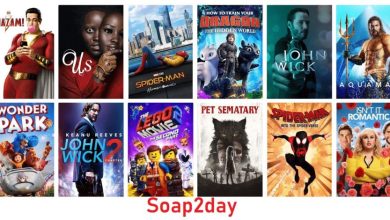The debate between Flutter and React Native is ongoing in the enterprise app development community. Both frameworks offer unique advantages and have their own set of enthusiasts. This article aims to provide a detailed comparison to help you decide which framework might be better suited for your enterprise app development needs.
Introduction to Cross-Platform Development
- Need for Cross-Platform Solutions: Briefly discuss the importance of cross-platform development in today’s mobile app market.
- Overview of Flutter and React Native: Introduction to both platforms, highlighting their emergence and the solutions they offer.
Core Technologies and Programming Languages
- Flutter: Uses Dart language, emphasizing fast execution and compilation to native code.
- React Native: Leverages JavaScript, one of the most widely used programming languages, making it accessible to a broader range of developers.
Development Experience
- Hot Reload: Both frameworks offer hot reload capabilities, but the implementation and experience might differ slightly.
- UI Components and Development Tools: Compare the richness of the UI components and the development tools provided by Flutter and React Native.
Performance
- Native Performance: How both frameworks stack up in terms of delivering a smooth, native-like performance.
- Compilation to Native Code: Discuss how Dart and JavaScript affect the performance of apps developed in Flutter and React Native, respectively.
Community Support and Ecosystem
- Community Size and Support: The maturity of each framework’s community, available resources, libraries, and support.
- Documentation and Learning Resources: Evaluate the quality and accessibility of official documentation and learning materials.
Flexibility and Customization
- Ease of Integration: How well each framework integrates with existing code, third-party services, and native modules.
- Custom UI and Animation Support: The capabilities of Flutter and React Native in creating custom UIs and animations.
Time to Market
- Development Speed: Assess how the features of each framework can impact the development timeline of an enterprise app.
- Reusable Code and Pre-built Components: The availability and quality of reusable code and pre-built components in both ecosystems.
Scalability and Maintenance
- Handling Large Projects: Discuss how well each framework can scale with the growing needs of an enterprise app.
- Ease of Maintenance: The challenges and conveniences related to maintaining apps built with Flutter and React Native.
Case Studies
- Success Stories: Present a few case studies or examples of enterprise apps developed using both frameworks, highlighting the decision-making process and outcomes.
Cost-Effectiveness
- Development and Maintenance Costs: Compare the overall cost implications of choosing Flutter or React Native for enterprise app development.
- React Native Mobile App Development Services: Mention how leveraging React Native Mobile App Development Services can be a cost-effective and efficient solution for enterprises looking to develop mobile apps.
Making the Decision
- Project Requirements: Highlight how specific project requirements, such as target audience, app complexity, and developer skill set, can influence the choice between Flutter and React Native.
- Future Prospects: Discuss the future outlook of both frameworks, considering their development roadmap and support from their respective backers (Google for Flutter and Facebook for React Native).
Conclusion
Summarize the key points discussed and suggest that the choice between Flutter and React Native should be based on specific project needs, resources available, and long-term app maintenance considerations. Emphasize that both frameworks have their strengths and can be the right choice in different scenarios.
This outline provides a structured approach to comparing Flutter and React Native for enterprise app development. You can expand upon each section with detailed analysis, expert opinions, and real-world examples to create a comprehensive article.





